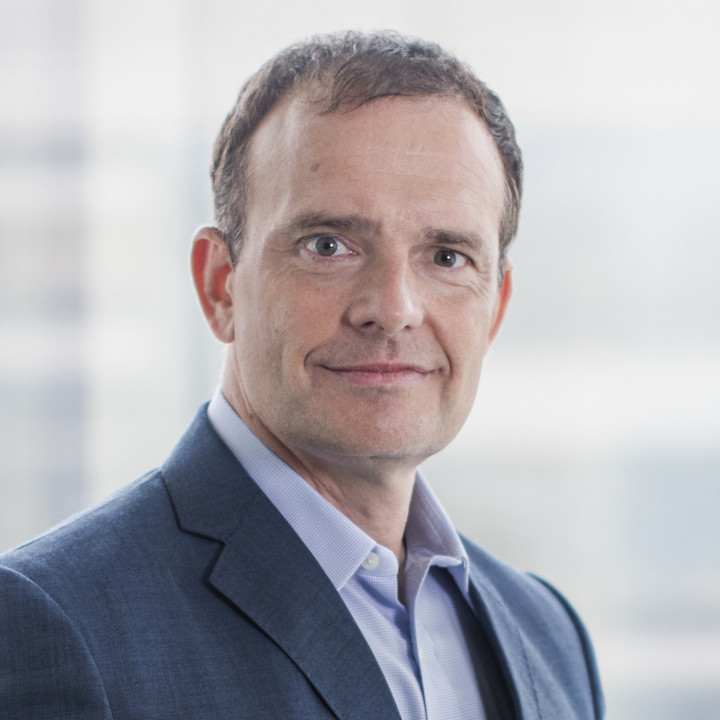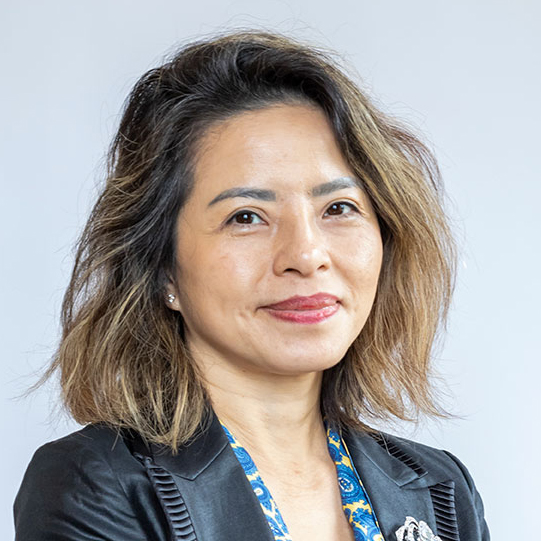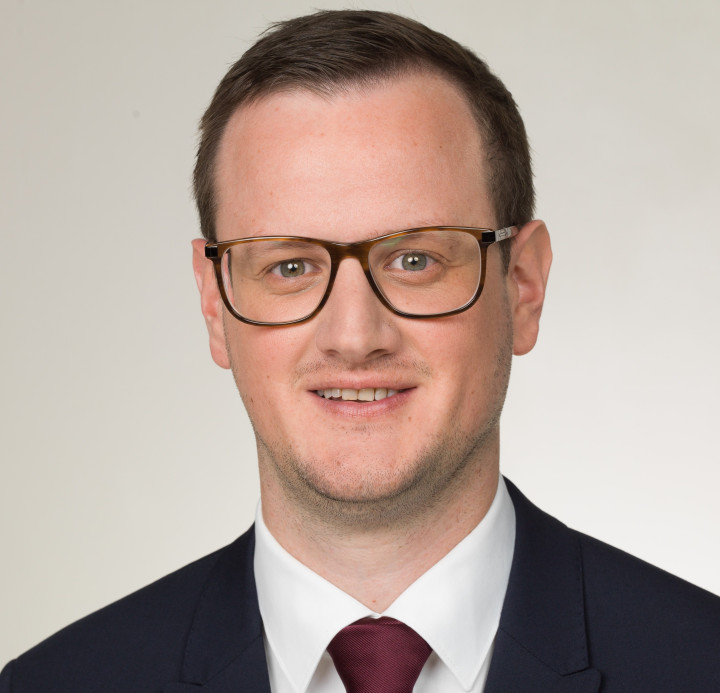Fund Life Cycle Update – Issues Arising at the End of the Fund Life
As we approach the end of the year, sharing some possibly topical experience of issues arising at the end of fund life.
Contributors
Fund Life Cycle Update
In ideal circumstances, after the final distribution the partnership prepares a final balance sheet showing no assets or liabilities and applies for a winding up. Procedures in the Cayman Islands typically take a few weeks. The corporate GP is typically also wound up after the fund to preclude further liabilities.
Recent Developments
Funds may reach the end of their expected life before all of the portfolio investments have been divested. These may be in different stages of divestment, including listed securities post-IPO, either in a lock-up period or experiencing shallow market liquidity, performing portfolio companies with delayed exit negotiations, and written down/written off portfolio companies in insolvency or other legal proceedings. Other asset may be distributable cash is held in reserve against tax or warranty liabilities.
Implications for the Fund
Cayman limited partnerships remain extant and in good standing past the final term of the LPA, but the efficacy of LPA clauses becomes uncertain. It is well accepted that the distribution waterfall continues to operate as the only route for distributable cash to leave the partnership. It is less clear whether LPs are obliged to make further capital calls to fund fees and expenses. Management fees are a matter of negotiation and practically are likely payable out of arising distributable cash.
Options for GPs
GPs have considered a number of options including the following. Continuation funds are still rather rare considering the number of PE funds reaching end-of-life in the present market. They require a strong asset with long-term upside potential and preferably ‘evergreen’ cashflow prospects. Fundraising is presently challenging even for the best opportunities. Distributions in kind are more common than continuation funds. Listed assets are straightforward in principle but in practice there are complications. LPs have different needs; some would prefer to receive the securities rather than sell at fire-sale prices, while others just prefer to draw a line under the investment and insist that the GP dispose on their behalf. There are significant price fluctuations around the distribution date which may move a fund in or out of the carry. Also, LPs may end up booking the securities at a price much lower than the distribution valuation. Fund life extensions may be sought through the LPAC. A clear plan will certainly be needed explaining the route to disposition for each asset. Management fees are to be negotiated, but LPs recognize that GPs need to be resourced to work the asset, especially for funds where carry is unlikely.
Dormant Final Years
Sometimes the realistic business case is to just wait-and-see, especially in the case of liability reserves. Funds may ramp down costs by streamlining investor reporting to just capital accounts and audited financial statements during this period.
Other Considerations
Strategies for maximizing the fund IRR and fund multiple may have some conflict – the central issue is whether it makes sense to delay exists for the sake of seeking a better exit price. Different portfolio investments may have dramatically different prospects. Discussions with LP on the “old fund” may be getting in the way of marketing a new fund. The balance between driving further value versus drawing the line will differ as a result.
There is only space in this newsletter to sketch an outline. Please do reach out if you would like to discuss further.





